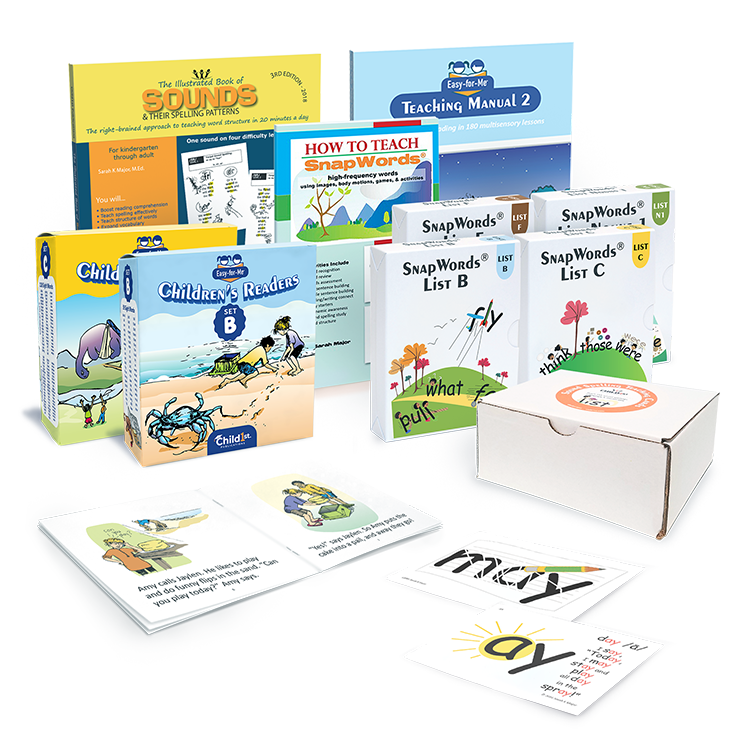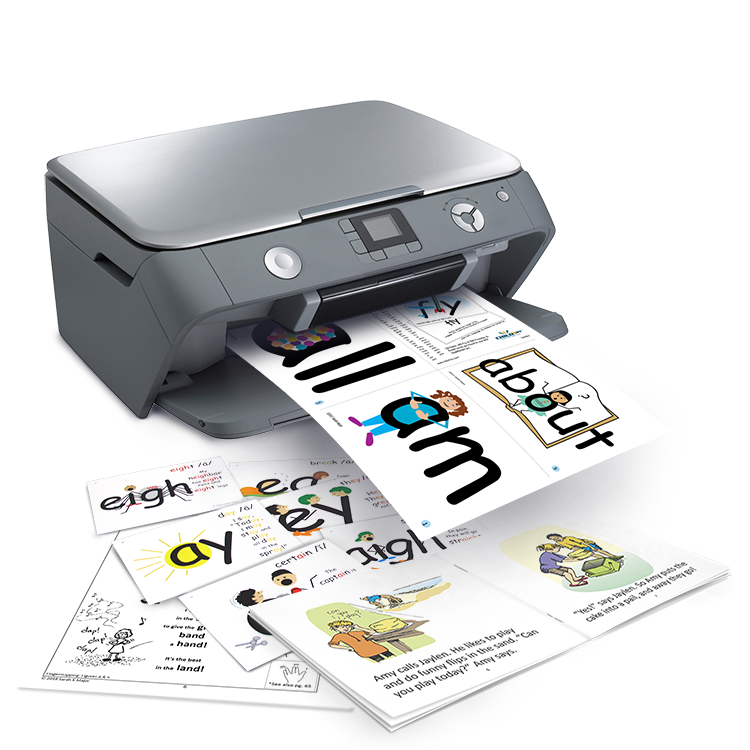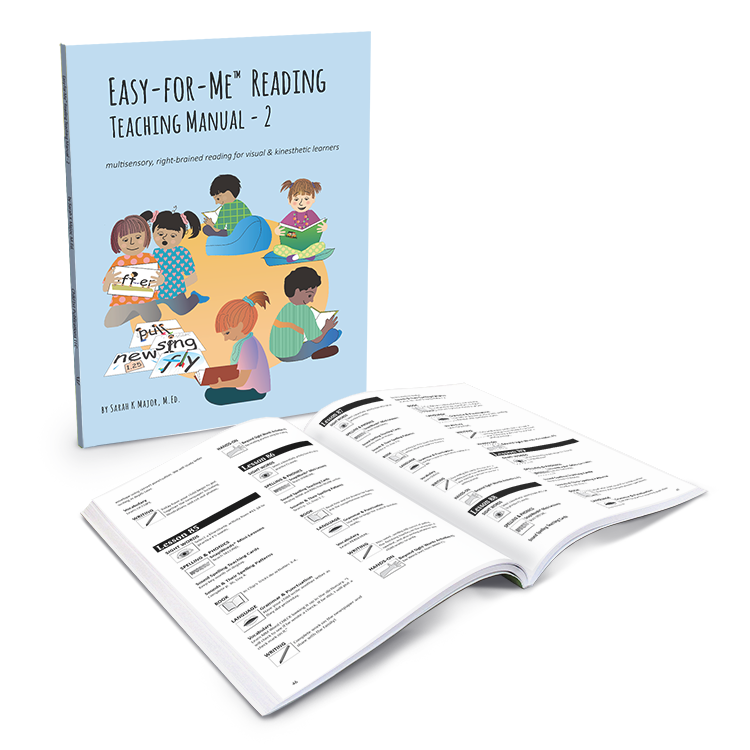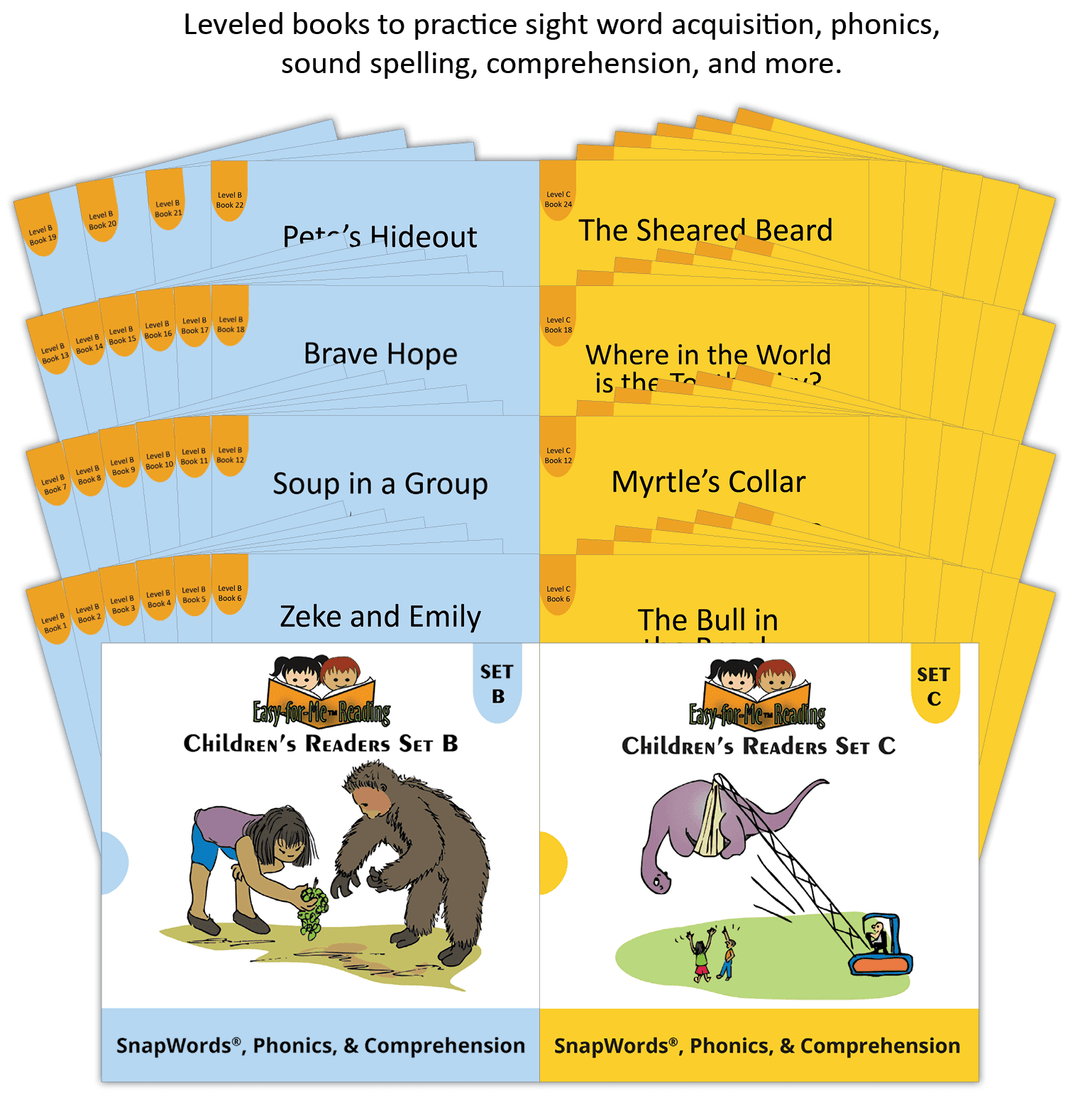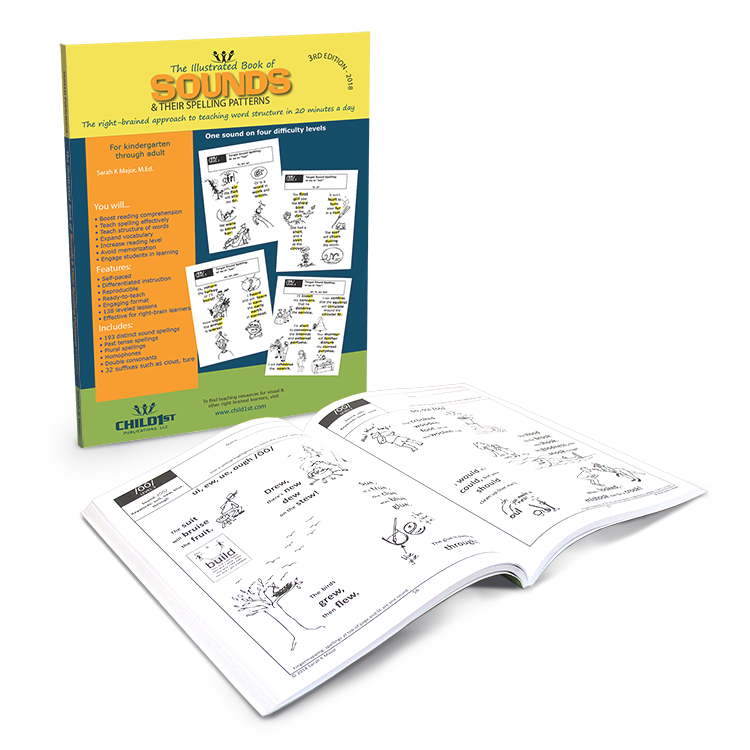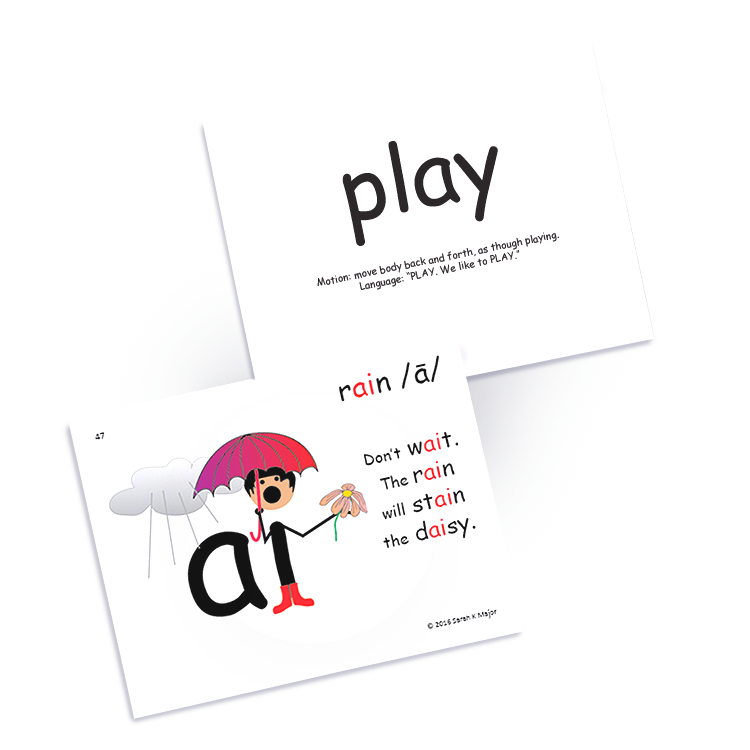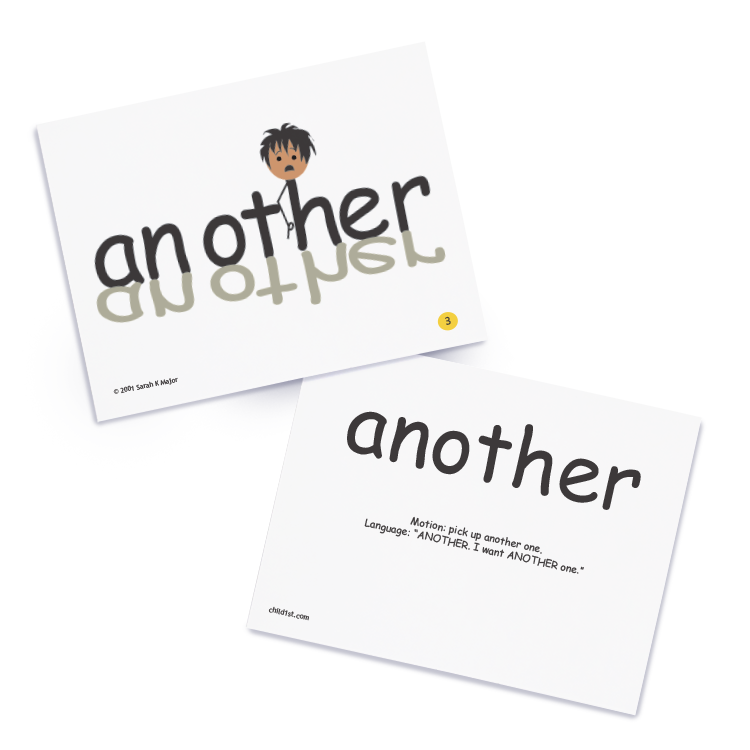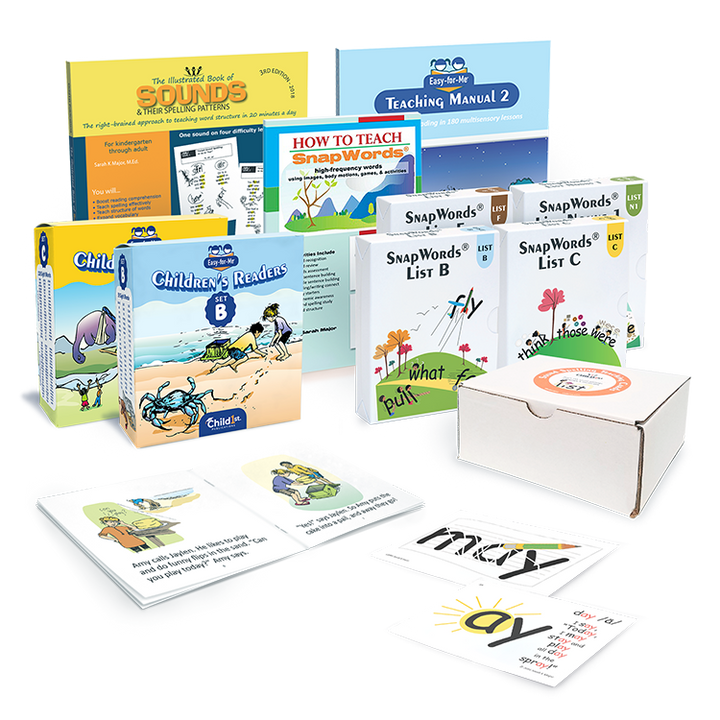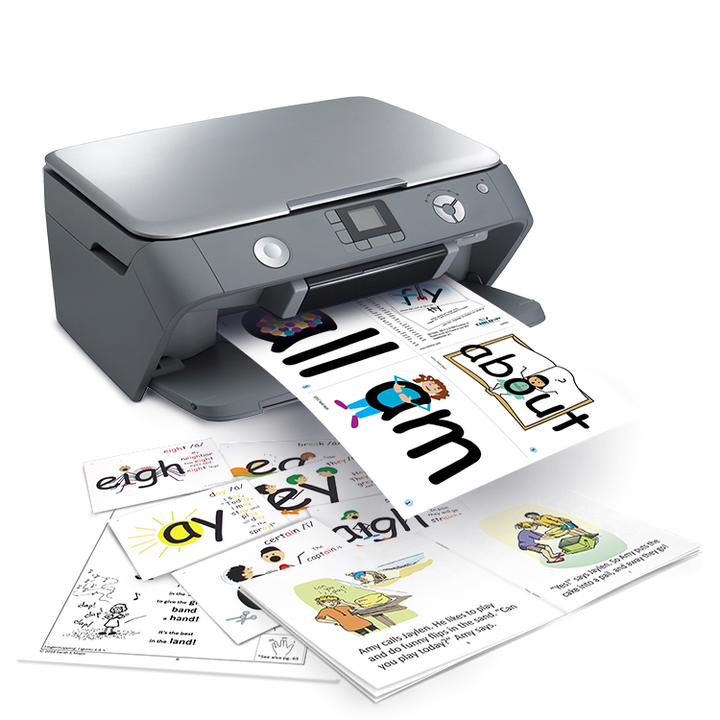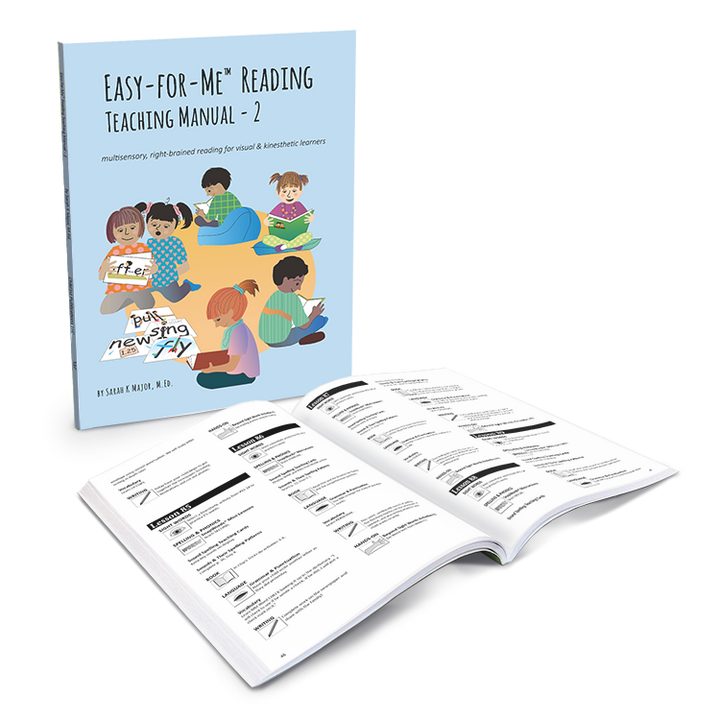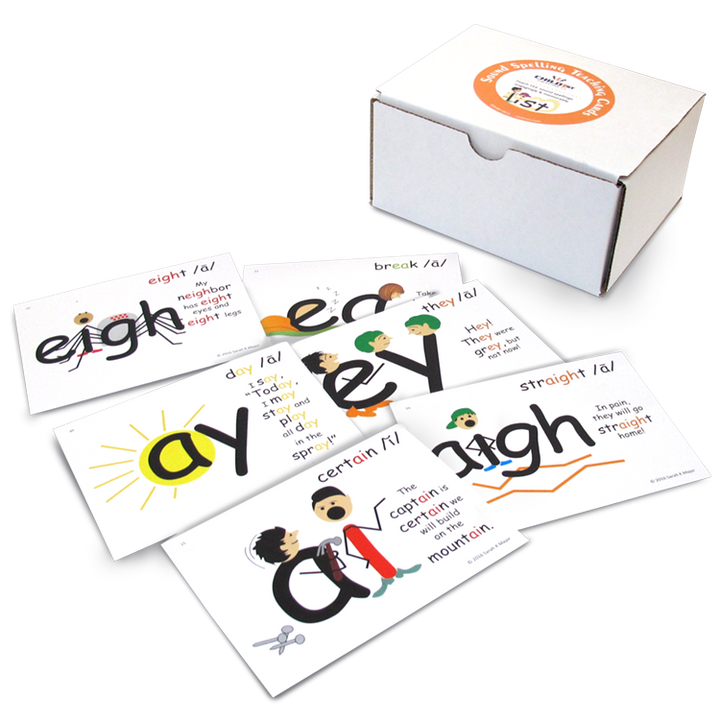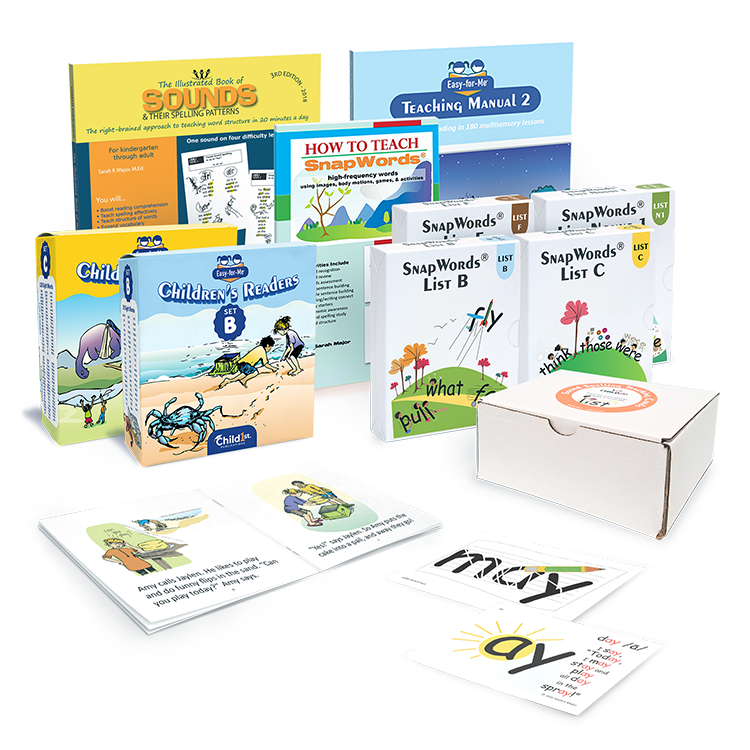Building upon the success of Kit 1, the Easy-for-Me™ Teaching Kit 2 continues the journey seamlessly, delving deeper into essential reading skills. From word recognition to reading fluency, and from phonics to comprehension, this comprehensive kit covers it all. With a focus on grammar, vocabulary, sound spellings, and phonemic awareness, it empowers children to become confident and proficient readers, unlocking the door to a world of knowledge and imagination.
Easy-for-Me™ Teaching Kit 2 is available in two formats:
- Physical – physical cards, measuring 5.5” x 4.25”, and physical books
- Download - printable PDF files of the cards and the books
Both formats include printable PDF files of all resources, assessments, and Beyond Sight Words Activities.
How it works:
Easy-for-Me™ places a strong emphasis on skill acquisition, addressing common gaps in reading through deliberate design. Instead of leaving anything to chance, every skill is explicitly taught, ensuring no child is left behind. The Easy-for-Me™ Teaching Kit 2 offers 180 self-paced lessons that seamlessly blend systematic phonics instruction, sight word recognition, reading practice, and vocabulary enrichment with innovative right-brained strategies. From engaging visuals and movement activities to captivating stories and hands-on exercises, each lesson is meticulously laid out for easy implementation. Plus, with all resources and assessments provided in printable format, you'll have everything you need at your fingertips to guide your child's reading journey.
Pacing
In the Easy-for-Me™ Teaching Manual 2, there are a total of 180 lessons provided. While ideally, one lesson could be taught per day, it's important to be flexible and responsive to your child's pace. Some lessons may be effortlessly grasped, while others might require additional time and practice. Observing your child's progress and understanding is key, allowing you to tailor the pace of instruction accordingly.
Whether you progress more quickly or take a bit more time, what matters most is ensuring comprehension and mastery of each skill. During assessments, it's crucial to identify any areas of difficulty and take the time to reteach them. Skipping over misunderstood concepts can lead to accumulation of gaps in knowledge over time. Therefore, it's preferable to proceed at a slower pace to ensure thorough understanding and mastery of all concepts presented.
Kinesthetic Connections
Throughout the lessons, you'll find a variety of kinesthetic activities integrated into the lessons. These activities are not only beneficial for kinesthetic learners but also for tactile and visual learners. By incorporating visual elements, storytelling, and physical movement into the lessons, you can enhance your child's learning experience and ensure better retention of the material. Emphasizing these components will contribute significantly to your child's ability to learn and retain the concepts being taught, leading to more permanent learning outcomes.
Resources
Before embarking on the teaching journey outlined in this manual, it's essential to familiarize yourself with each resource you'll be utilizing. This includes:
SnapWords®, Mini-Lessons, & Beyond Sight Words Activities
· These resources offer an effective approach to teaching sight words, utilizing visual and kinesthetic techniques for easy recall. They cover phonics concepts and word families, fostering visualization, correct usage, and critical reading skills including comprehension, writing, spelling, phonemic awareness, word recognition, fluency, and critical thinking.
Easy-for-Me™ Children’s Readers
· EFM Children’s Readers stand out for their dual focus on sight words and phonics concepts, providing comprehensive reading practice. Each book features teacher guides in the front, ensuring children are well-prepared to read. Additionally, comprehension questions are included to reinforce understanding. With leveled books meticulously designed to address key concepts, these readers effectively close learning gaps as children progress in their reading journey.
Sound Spelling Teaching Cards & The Illustrated Book of Sounds & Their Spelling Patterns
· These resources simplify decoding irregular spellings, enhancing reading, spelling, and comprehension. Through interactive lessons, students master language in an engaging, visually stimulating way, making them valuable for teaching phonics, spelling, and vocabulary.
Resources & Vocabulary
· These resources offer hands-on practice, assessments, and vocabulary enrichment, crucial for effective learning. They provide tangible experiences to deepen understanding, assess progress, and enhance vocabulary skills, promoting academic success.
What’s Included
· Easy-for-Me™ Teaching Manual 2
· Easy-for-Me™ Children’s Readers Set B
· Easy-for-Me™ Children’s Readers Set C
· SnapWords® List B Teaching Cards
· SnapWords® List C Teaching Cards
· SnapWords® List F Teaching Cards
· SnapWords® Nouns 1 Teaching Cards
· How to Teach SnapWords®
· Sound Spelling Teaching Cards
· The Illustrated Book of Sounds & Their Spelling Patterns
· Beyond Sight Words Activities B (Download)
· Beyond Sight Words Activities C (Download)
· Beyond Sight Words Activities F (Download)
· Beyond Sight Words Activities Nouns 1 (Download)
· Download of Resources and Assessments



